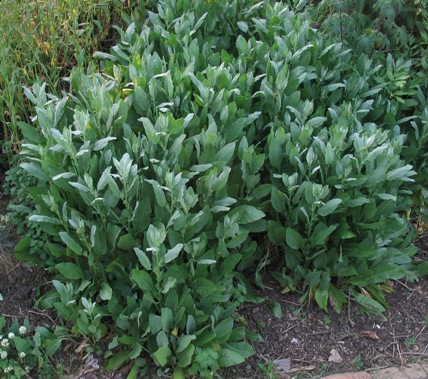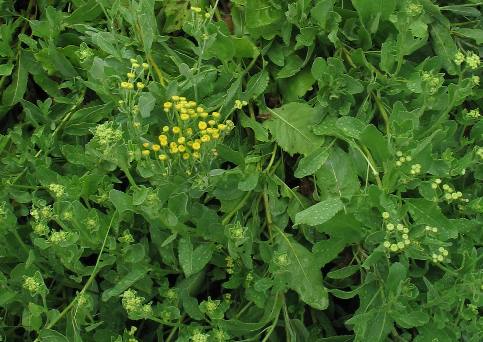Costmary (Tanacetum balsamita)
[size=75]From Wikipedia, the free encyclopedia [/size]
Tanacetum balsamita is a perennial temperate herb known as Costmary, Alecost or Balsam herb.
It has been grown for many centuries for its pleasant, slightly medicinal or balsamic smell. It was used in medieval times as a place marker in bibles. It is referred to by Culpeper and others as the ‘Balsam Herb’. [1] Leaves of the plant have been found to contain a range of essential oils. A Spanish study found the oil includes carvone as the main component (51.5%, 41.0% and 56.9% in three samples), together with minor amounts of beta-thujone, t-dihydrocarvone, c-dihydrocarvone, dihydrocarveol isomer c-carveol and t-carveol. It is noteworthy that levels of beta-thujone, a toxic ketone, were 9.8%, 12.5% and 12.1% in the respective samples. [2]
The plant is known from ancient herbals and was widely grown in Elizabethan knot gardens.
Nicholas Culpeper says of Costmary [3]
Categories: Asteraceae | Asteraceae stubs
#EANF#
#EANF#

